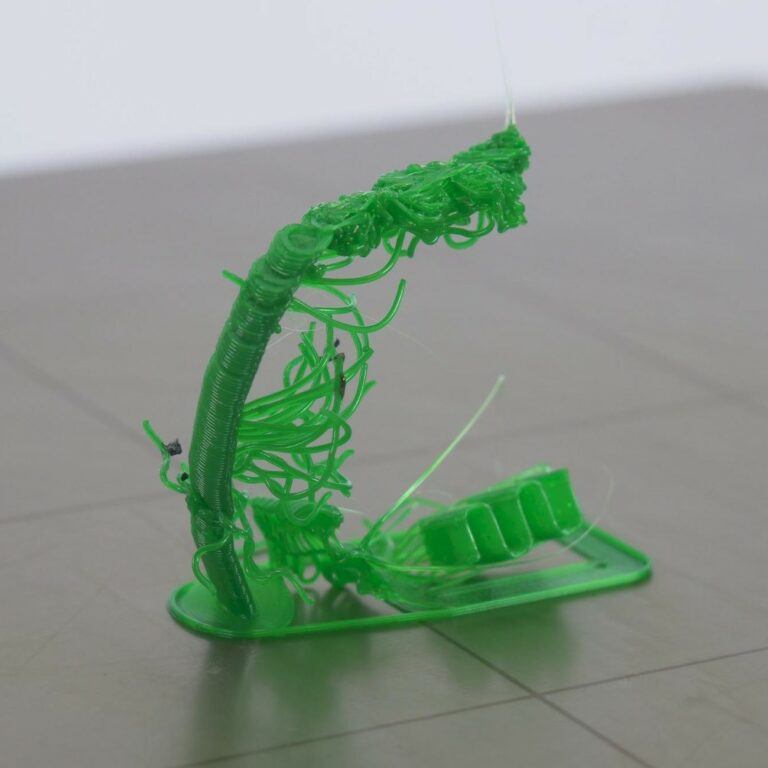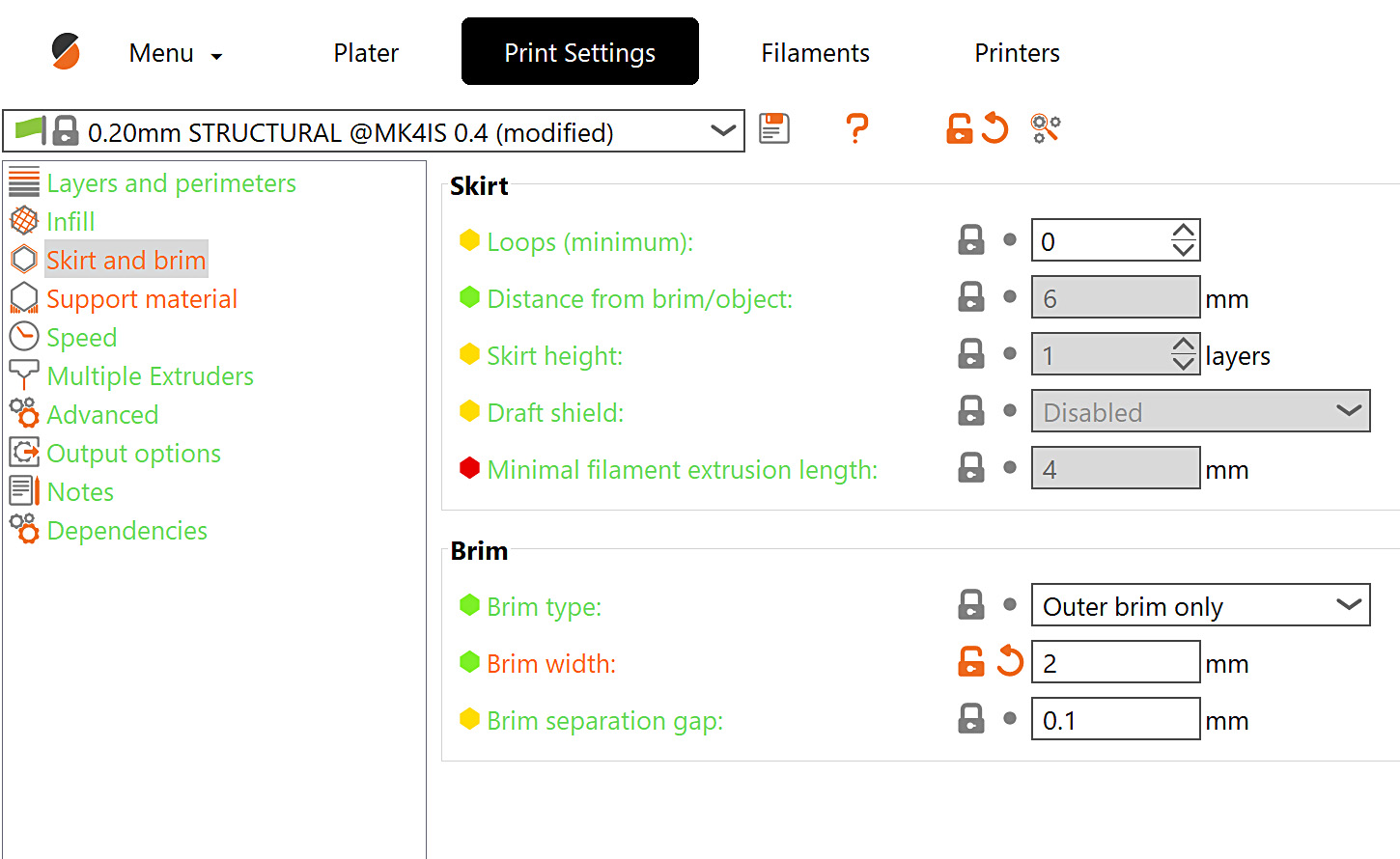EN
Login- Čeština
- Español
- Italiano
- Deutsch
- Polski
- Français
- 日本語
- Home
- Troubleshooting
- Print Quality Troubleshooting
- Failing supports
Failing supports
Menu
- Print Quality Troubleshooting
- Bad looking surface above supports
- Broken supports (SL1/SL1S)
- De-lamination / separated layers (SL1/SL1S)
- Failing supports
- How to prevent failing supports
- Firmware update failed #10534 (SL1)
- First layer issues
- Ghosting
- Holes in print (SL1/SL1S)
- Layer separation and splitting FDM
- Layer shifting
- Object missing details
- Poor bridging
- Print detached from supports (SL1/SL1S)
- Print doesn't appear / Resin does not solidify
- Prints breaking away from the platform
- Problems with infill
- Removing and object stuck to the bottom of the tank
- Sample G-codes
- Scratches/bubbles on prints (SL1/SL1S)
- Skewed / deformed prints (SL1/SL1S)
- Stringing and oozing
- Temperature sensor failed #10205 (SL1/SL1S)
- The Benchy hull line
- Under-extrusion
- Visible layers (SL1/SL1S)
- Warped layers (SL1/SL1S)
- Warping
- Watertight prints
- QR Error codes
- Printer troubleshooting
- Print Error Messages
Last updated 2 months ago
Supports are an important part of a 3D-printed object, especially when printing a model with a complex shape. If support material breaks, it is likely to cause a failure on the whole print.

PrusaSlicer shows a warning message if stability problems are detected on a model. In most cases, the solution is adding support material. Typically, support material is added on big or highly sloped overhangs.
More info on support and related settings is on the dedicated support material article.
It is worth considering altering the orientation of the model or splitting the model into multiple parts in order to possibly reduce overhangs and consequently, the amount of support generated.

How to prevent failing supports
- Avoid isolated or scarce support towers
- For Grid and Snug supports, by reducing the pattern spacing.
- For Organic supports, by increasing the branch density.
- Reduce printing speed for supports in PrusaSlicer, section Print settings –> Speed.
- Use a Brim around our support, found within Print settings –> Skirt and Brim.
- Use a different support pattern. In PrusaSlicer, section Print setting –> Support material –> Pattern.
- The rectilinear pattern is set by default and is the easiest to remove.
- The rectilinear grid pattern is sturdier and less prone to breaking during printing compared to the rectilinear pattern and is harder to remove.
- The honeycomb pattern is sturdy and somewhat difficult to remove.
- Change the value of the Overhang Threshold. The Overhang threshold value represents the most horizontal slope (measured from the horizontal plane) that you can print without support material (90° = vertical).
- Use custom supports, tailored to your model.
Speed, skirt and brim settings location
 |  |
Support settings location
 |  |
Was this article helpful?
Comments
Still have questions?
If you have a question about something that isn't covered here, check out our additional resources.
And if that doesn't do the trick, you can send an inquiry to [email protected] or through the button below.